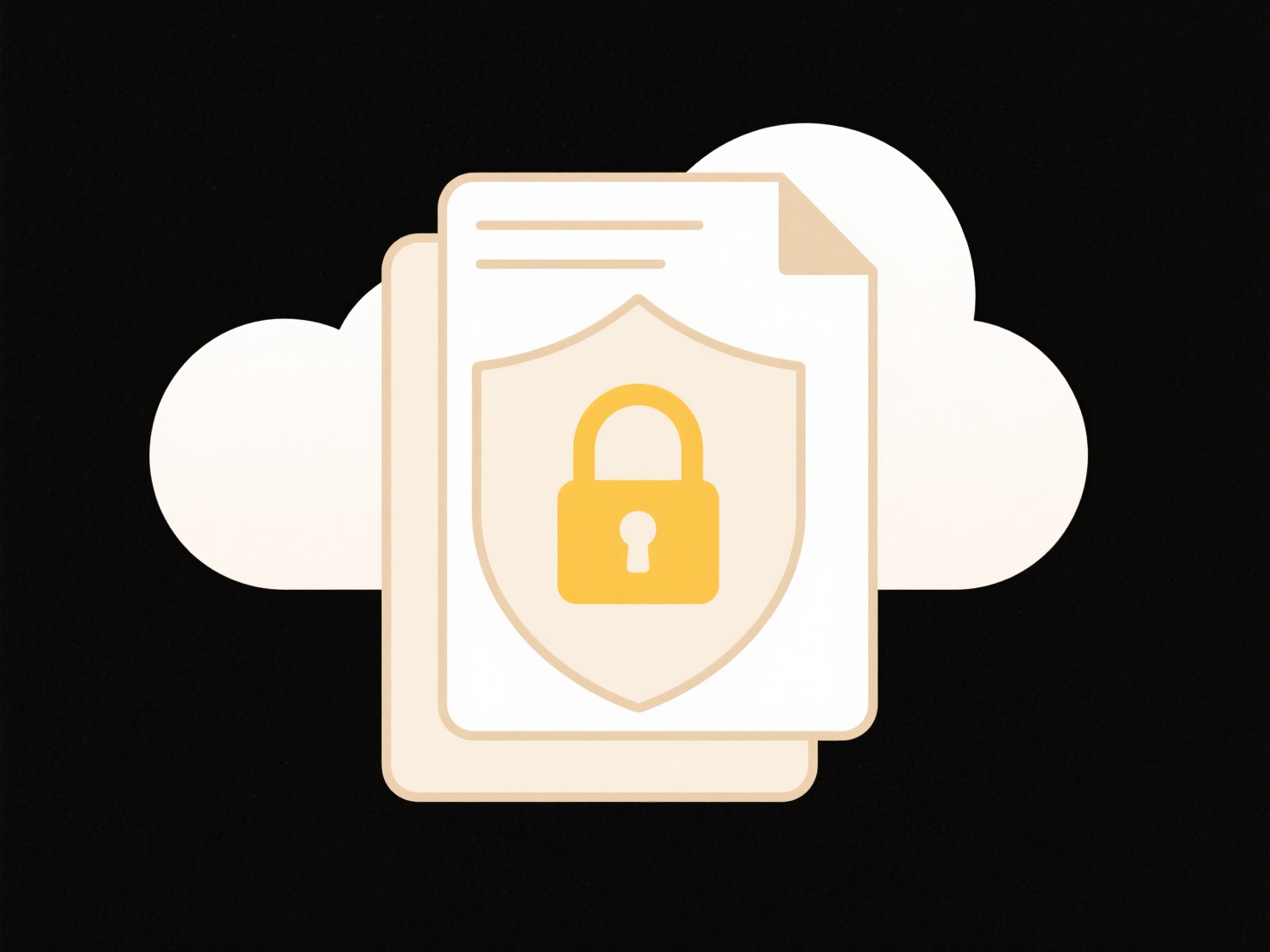
Moving a shared file changes its location, such as transferring it to a different folder within a shared cloud storage drive or onto a different server on a company network. Whether others lose access depends entirely on the permissions system of the storage platform and how the move is performed. Some systems break permission inheritance or explicit sharing links when the file's path changes, potentially revoking access for previously authorized users.
For example, moving a shared document within Google Drive or OneDrive might preserve access if moved within the same shared drive or primary shared folder where collaborators have broad access. However, moving it out of that shared space could remove specific access granted via a link or folder inheritance. Similarly, moving a file on a corporate Windows file server network share might alter its assigned permissions if inheritance settings differ in the new location.

This system offers control over file organization but carries the risk of unintentionally disrupting team access. Users must be mindful of platform-specific behavior when moving. Best practice involves communicating changes beforehand, verifying permissions after moving, or using dedicated 'Share' features that manage access independently of location. Consider the impact on colleagues relying on that file before moving it.
Will people lose access if I move a shared file?
Moving a shared file changes its location, such as transferring it to a different folder within a shared cloud storage drive or onto a different server on a company network. Whether others lose access depends entirely on the permissions system of the storage platform and how the move is performed. Some systems break permission inheritance or explicit sharing links when the file's path changes, potentially revoking access for previously authorized users.
For example, moving a shared document within Google Drive or OneDrive might preserve access if moved within the same shared drive or primary shared folder where collaborators have broad access. However, moving it out of that shared space could remove specific access granted via a link or folder inheritance. Similarly, moving a file on a corporate Windows file server network share might alter its assigned permissions if inheritance settings differ in the new location.

This system offers control over file organization but carries the risk of unintentionally disrupting team access. Users must be mindful of platform-specific behavior when moving. Best practice involves communicating changes beforehand, verifying permissions after moving, or using dedicated 'Share' features that manage access independently of location. Consider the impact on colleagues relying on that file before moving it.
Quick Article Links
Can I export with metadata included?
Exporting with metadata means creating a file that includes not just the primary content (like the pixels in an image or...
Can I log every download of a shared file?
Tracking file downloads refers to recording each instance when a shared file is successfully transferred from a storage ...
Can I deduplicate across shared cloud accounts?
Deduplication across shared cloud accounts involves identifying and eliminating duplicate data stored in separate but re...